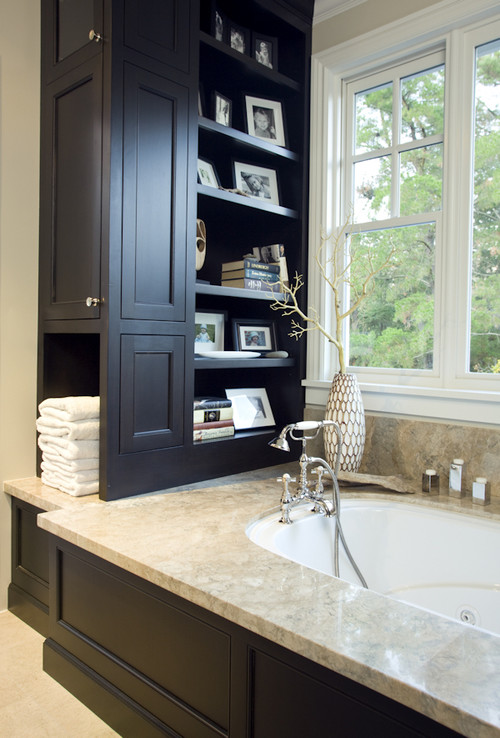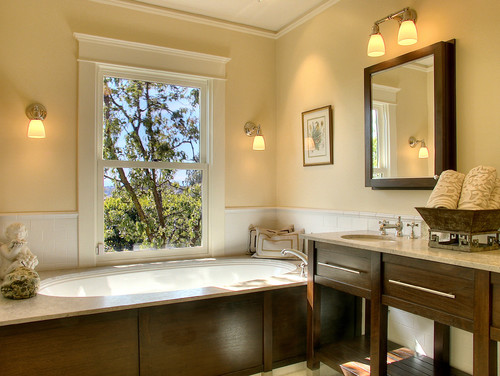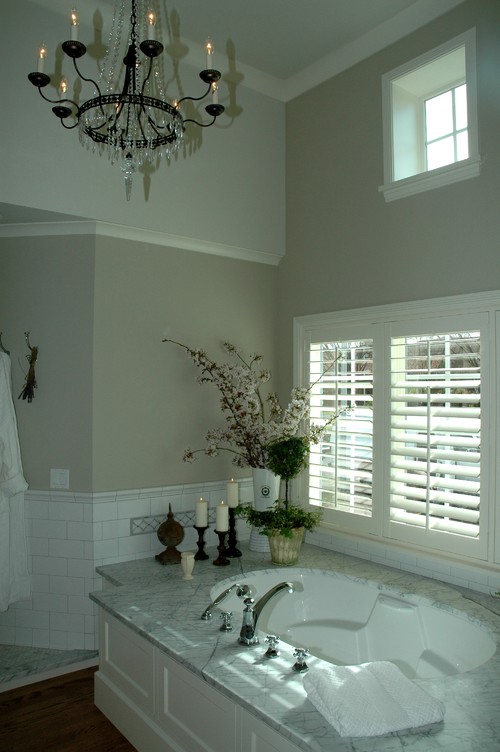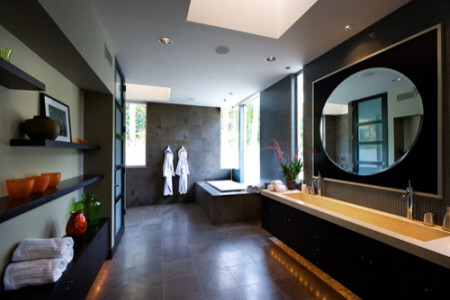Among all the chateaux, I have seen so far, this is my favorite. Chateau of Chenonceau is one of the most visited castles in the Loire Valley and throughout France for that matter, second to the Palace of Versailles. It is situated in the small village of Chenonceaux.
We travelled through the Loire Valley in a small car with a good old map and found the place quite easily as there are markers and signs on the road that would lead you to the castle.
The chateau's architecture is a combination of late Gothic and Early Renaissance. This is where architecture and nature are brought together in perfect harmony. Delicate gardens of Diane de Poitiers and Catherine de Medici, remarkable potager, maze, farm, the serenely majestic river, all of which surround this magnificent work and tribute to celebrating history and architecture.
Let's dig a little bit deeper into the history of this castle. This was built on the River Cher sometime in the 11th Century originally owned by the Marques family. It was later sold to Thomas Bohier, Chamberlain for King Charles VIII. It was rebuilt in the 16th Century overseen by his wife Katherine Briconnet where a new residence was built by demolishing the fortified castle and mill. She often hosted dinners for the nobility and King Francis I has been an honored guest twice.
 |
| Marques Tower |
King Francis I, who has the penchant for great architecture seized the castle later from Bohier's son for unpaid debts. When he passed away, his successor, Henry II gave it as a gift to his mistress, Diane de Poitiers. She was strongly attached to the castle and initiated the construction of the arched bridge to connect it to the other side of the river.
 |
| River Cher (View from the castle windows) |
When King Henry II died, his widow, Catherine de Medici had Diane banished from the castle and in exchange gave her the Chateau Chaumont. Queen Catherine made Chenonceau her favorite residence adding more gardens and threw spectacular evening parties. The grand gallery over the arched bridge to celebrate the ascension of her son, Francis II to the throne. After the queen's death, the castle has been the residence of succeeding mistresses and wives of nobility. It was later saved by Madame Louise Dupin from destruction during the french revolution. It was then passed on and bought by a millionaire Daniel Wilson for his daughter who trew parties beyond her means which was later seized and sold to a Cuban millionaire in 1891, Jose-Emilio Terry.
During the World War I, the gallery was used as a hospital ward. Later, during the Second World War, it was used as an escape from the Nazi occupied zone of one side to the free zone on the opposite end.
 |
| The Dining Room of the Chateau Employees |
 |
| Bread Oven (Left) and Pantry (Right) |
 |
| Kitchen Stove (Left) and Five Queen's Bedroom (Right) |
The chateau was later resurrected back to its former glory by the Menier family. Hats off to the artisans responsible for the restoration and upkeep of this castle. The chateau has been wonderfully maintained with fresh flowers.
 |
| View of the Arches and East Facade of Pont du Diane |
So much to do and so little time. During summer, the chateau enables visitors to hire rowing boats. There are also play areas specifically made for kids. It is also an ideal haven for artists, as it open its doors once a year to exhibitions at the first floor gallery. It is such a delight to be there either admiring the history indoors or the beauty of nature outdoors. I would love to visit it again.
It 's already the weekend here. Have a great Friday Everyone!







































